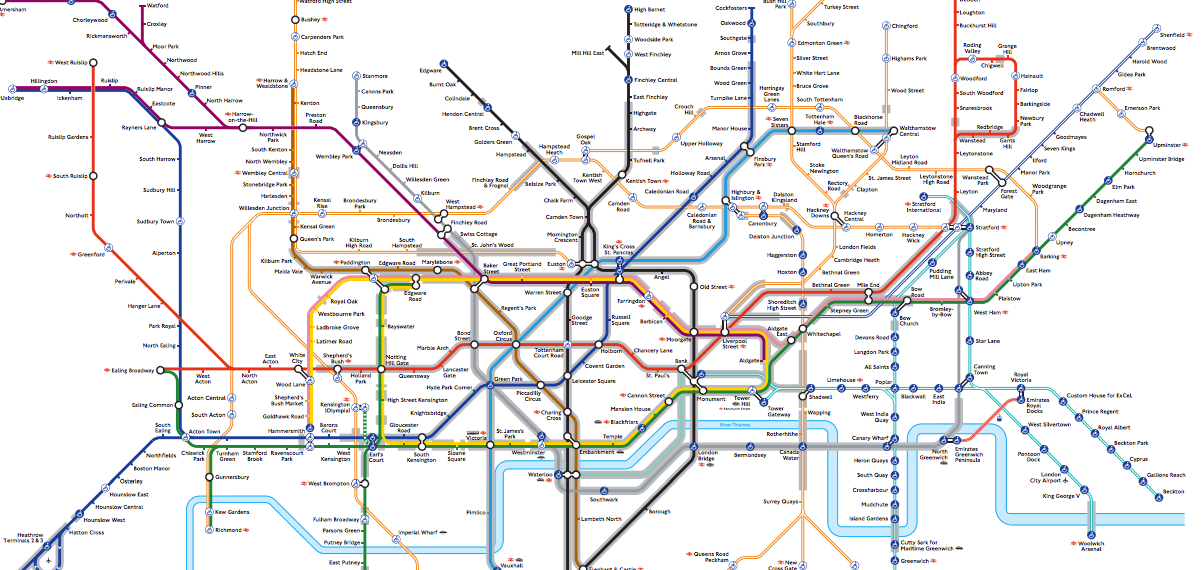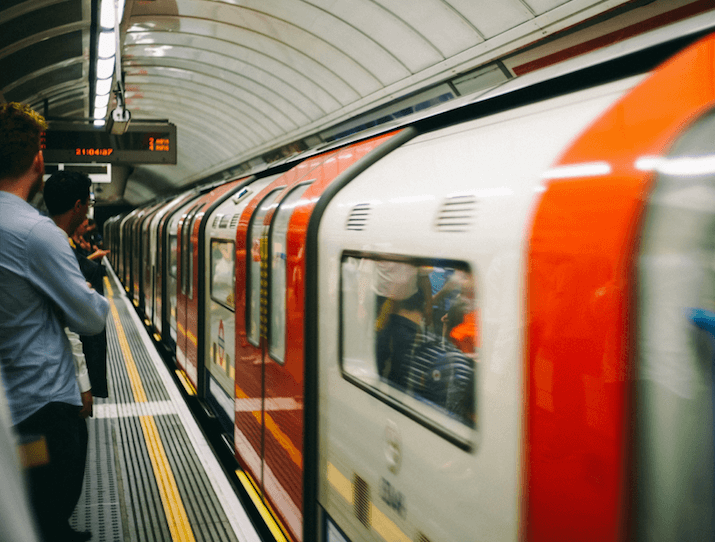
Helen Undy, Head of External Affairs, Money and Mental Health
Mind the gap - accessibility support for physical and mental health
This week, Transport for London quietly did something brilliant. They released a new tube map. But instead of helping passengers find the most direct route from A to B, or even the cheapest, this map is designed to help passengers with anxiety or claustrophobia to travel on the tube whilst avoiding tunnels. Only two London Underground lines are actually entirely underground, but without knowing how to get around the network whilst avoiding long sections of tunnels, many people who find confined spaces difficult avoid tube travel altogether.

The map is essentially very simple, just the existing tube map with tunnels shaded in grey – it can’t have been hard to put together. Yet for someone living in or visiting London who has struggled to use the underground due to anxiety or claustrophobia, this simple diagram could genuinely be life changing. It could open up a range of new transport possibilities, allowing people to travel with their friends and colleagues for the first time, or to save hours each week that would previously be spent on slower forms of transport.
Hidden needs
This new map joins the TfL map designed to help passengers who struggle with steps, the map that identifies toilet facilities on the underground and the maps in large print – each of which aims to help passengers with particular access needs or physical disabilities to be able to use the transport network. What’s radical about the latest addition to the collection is that, rather than thinking about accessibility from a physical health perspective, TfL have considered what it’s like to travel on the tube with a mental health problem, something 1 in 4 underground passengers will experience everyday day.
The case for making adjustments to services for people with physical health conditions or disabilities is well established. We’re used to seeing ramps to access buildings, hearing loops, large print publications, handrails, stair lifts – we don’t think twice about the need to put these adaptations in place. But adjustments for people with mental health problems are much rarer – in part probably because of the historic lack of focus on mental health, and in part because the additional access needs caused by mental health problems (or their treatments) have just been poorly understood. The evidence about what people’s needs might be, and how they could best be met, has simply not been there – or we’ve not been looking for it.
Financial Exclusion
At Money and Mental Health, we’ve been thinking about mental health and accessibility with a particular focus on providers of essential services like banking and energy. People with mental health problems are three times as likely to be in financial difficulty, and in part this is often due to difficulties actually accessing and using the services that are designed to help. Difficulties like:
- A shortened attention span, making it hard to concentrate
- Difficulties with communication, or with particular communication channels – like using the telephone or opening post
- A reduced ability to process complex information, for example understanding letters from the bank
- Short-term memory problems, making remembering passwords and PIN numbers difficult
- Reduced motivation to complete routine tasks like managing bills.
Making reasonable adjustments
We’ve mapped what we think reasonable adjustments to meet these needs would look like. Some are straightforward – like the new tube map. Things like asking people about their communication preferences when they open an account (and actually listening), using alternative forms of ID verification (like fingerprints or voice recognition), or sending a customer a transcript of their telephone call afterwards to remind them what was discussed. Others are slightly more complicated – like automated budgeting and comparison tools or simple visualisations of spending data. But none of them are impossible – we just need the collective commitment to make them happen.
A number of major banks have already taken steps to look at accessibility for customers with mental health problems, but this is far from an established norm. Earlier this year the House of Lords Committee on Financial Exclusion responded to our research by recommending that the Government and the FCA carry out a review of the adjustments needed to make financial services accessible, both for people with physical and mental health conditions – we’d love to see the new Government, the FCA and firms themselves pick this up and follow TfL’s example.
